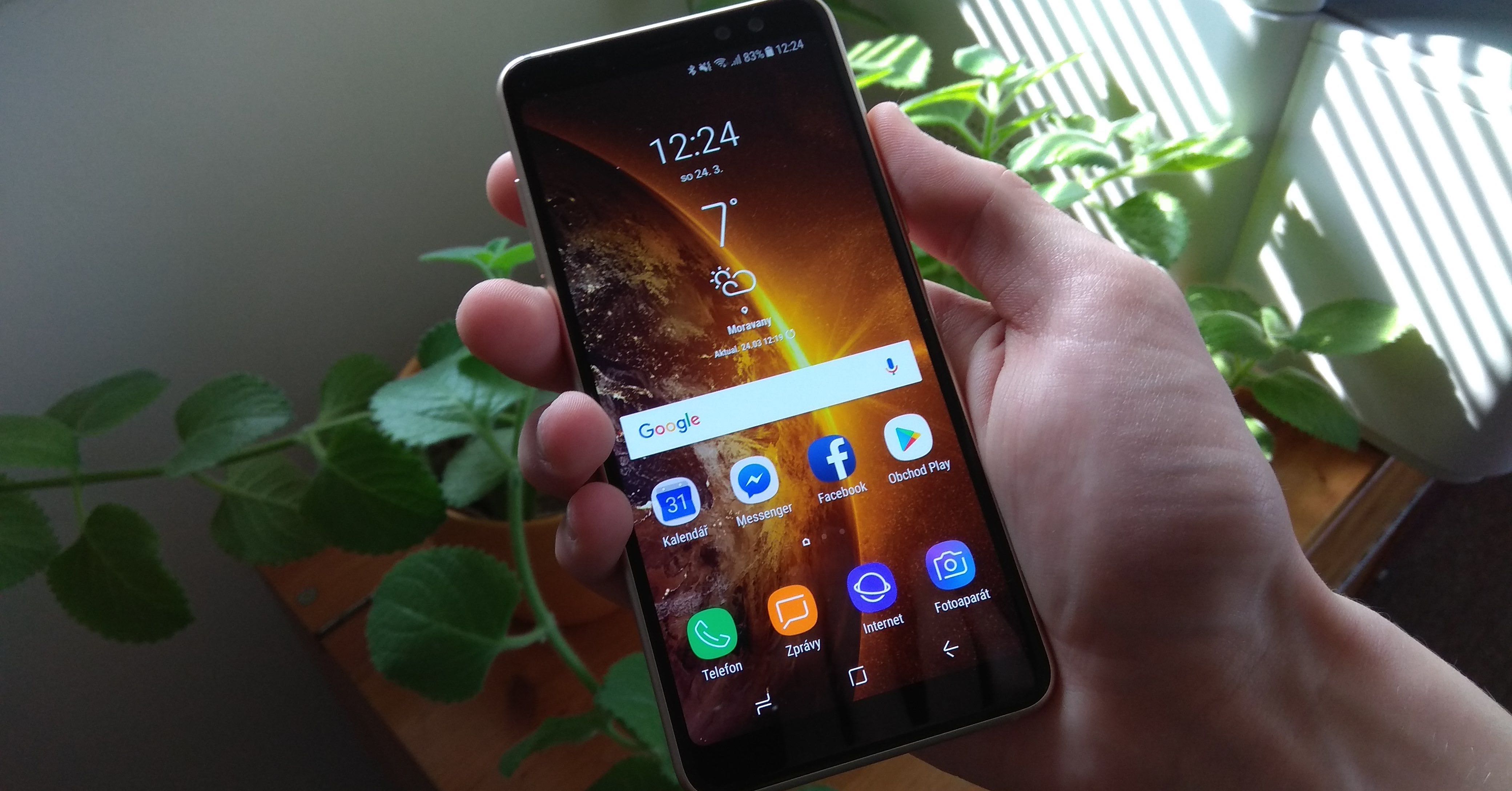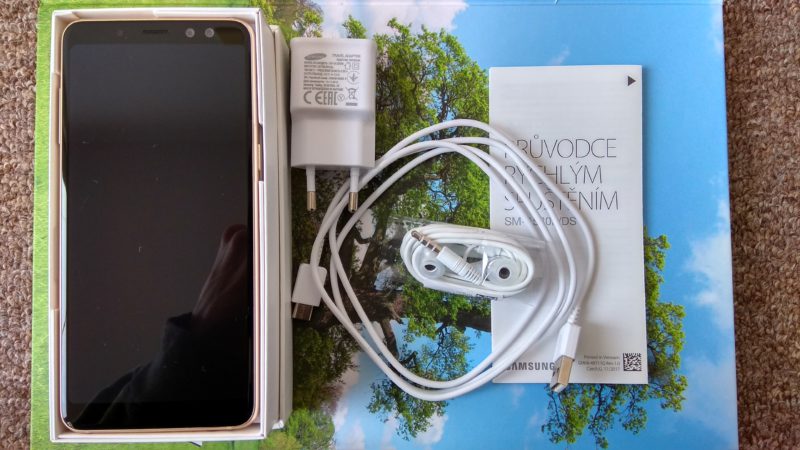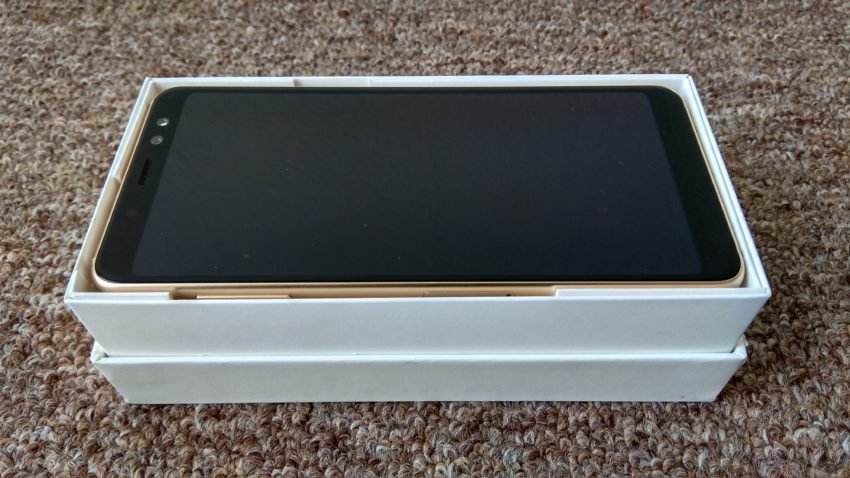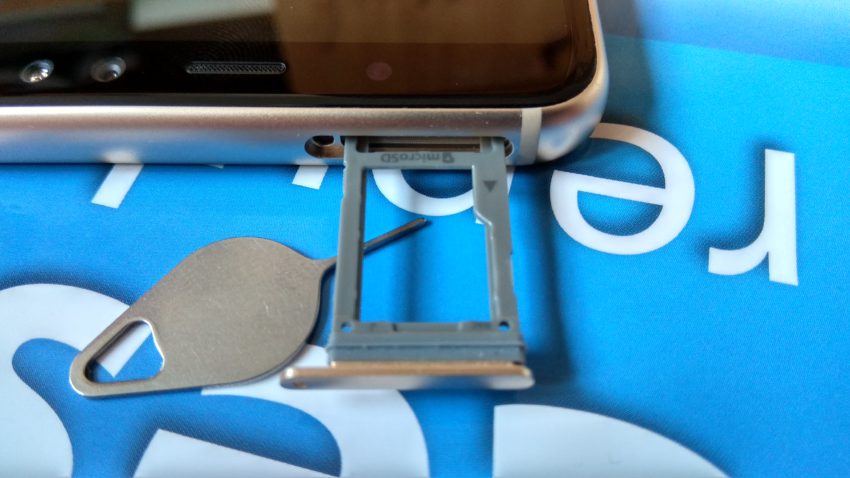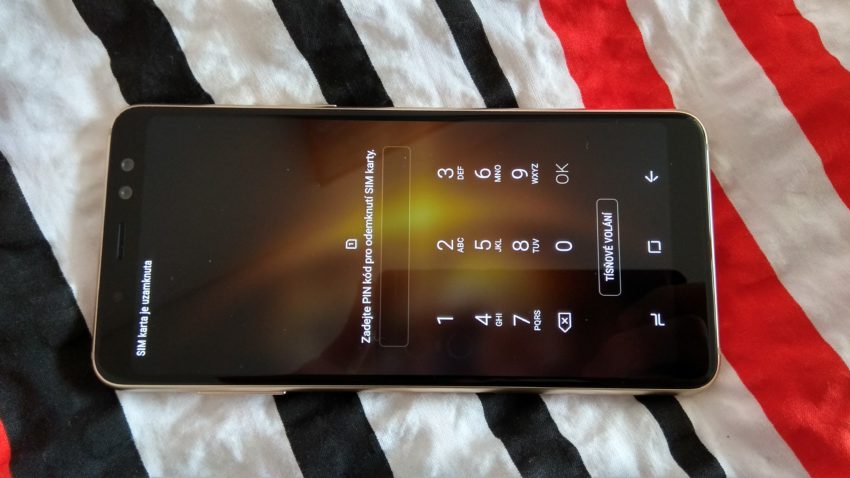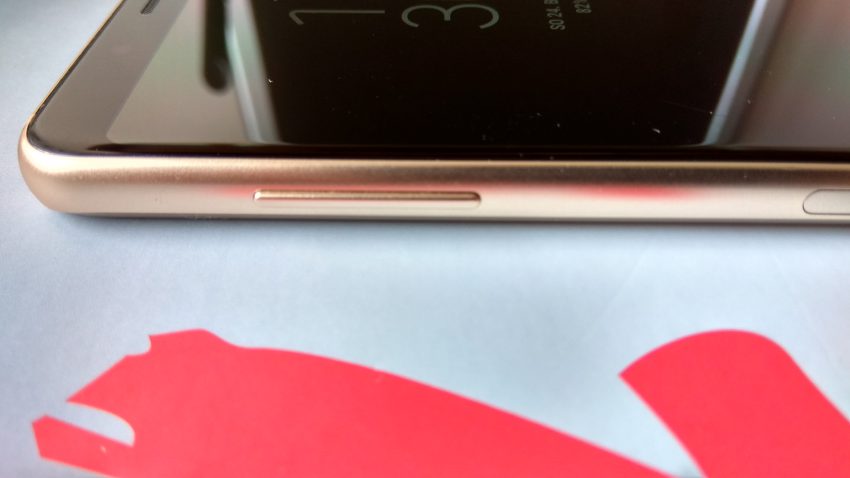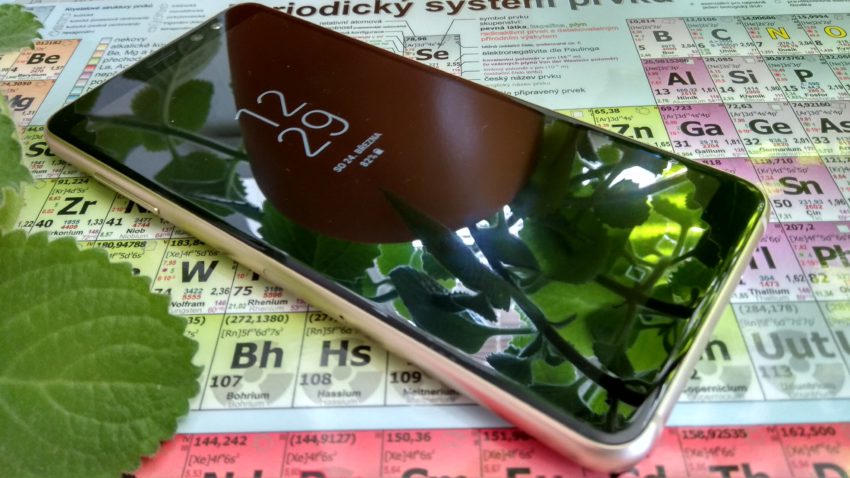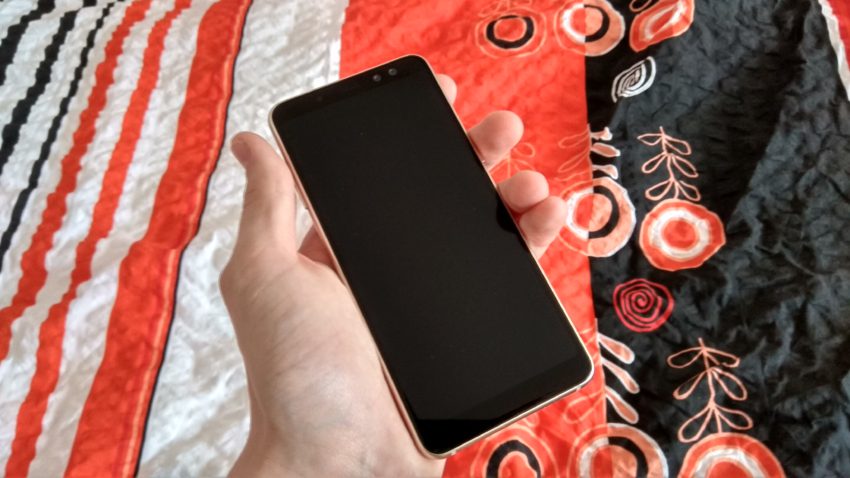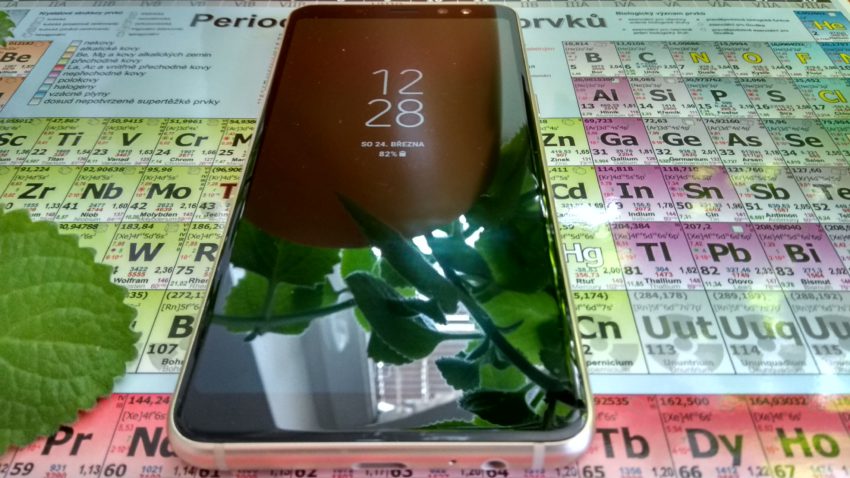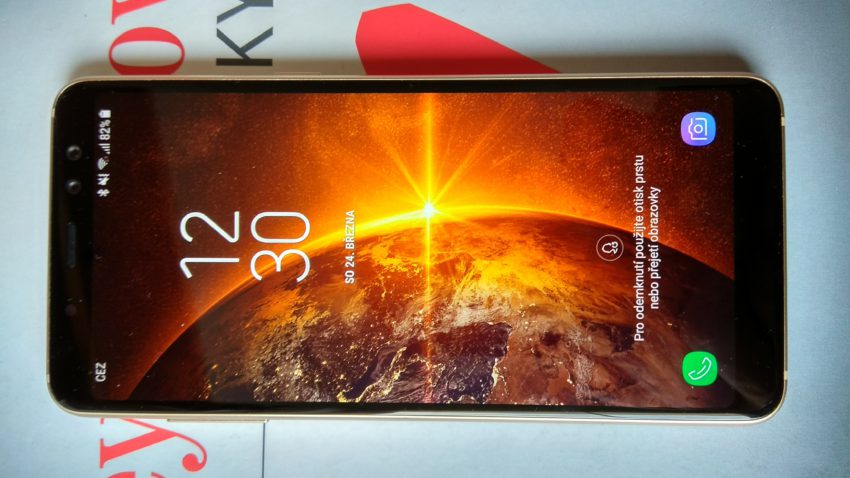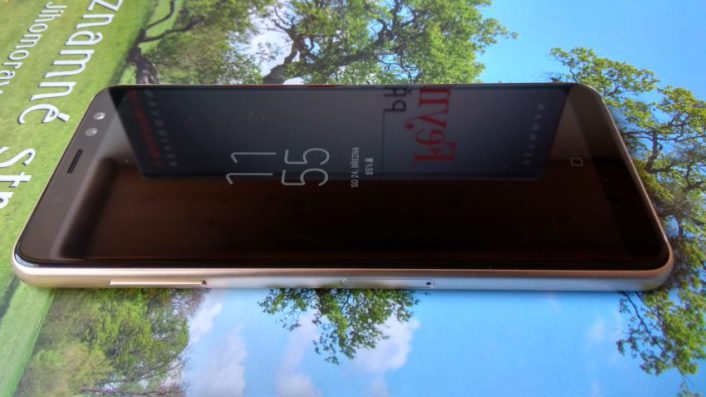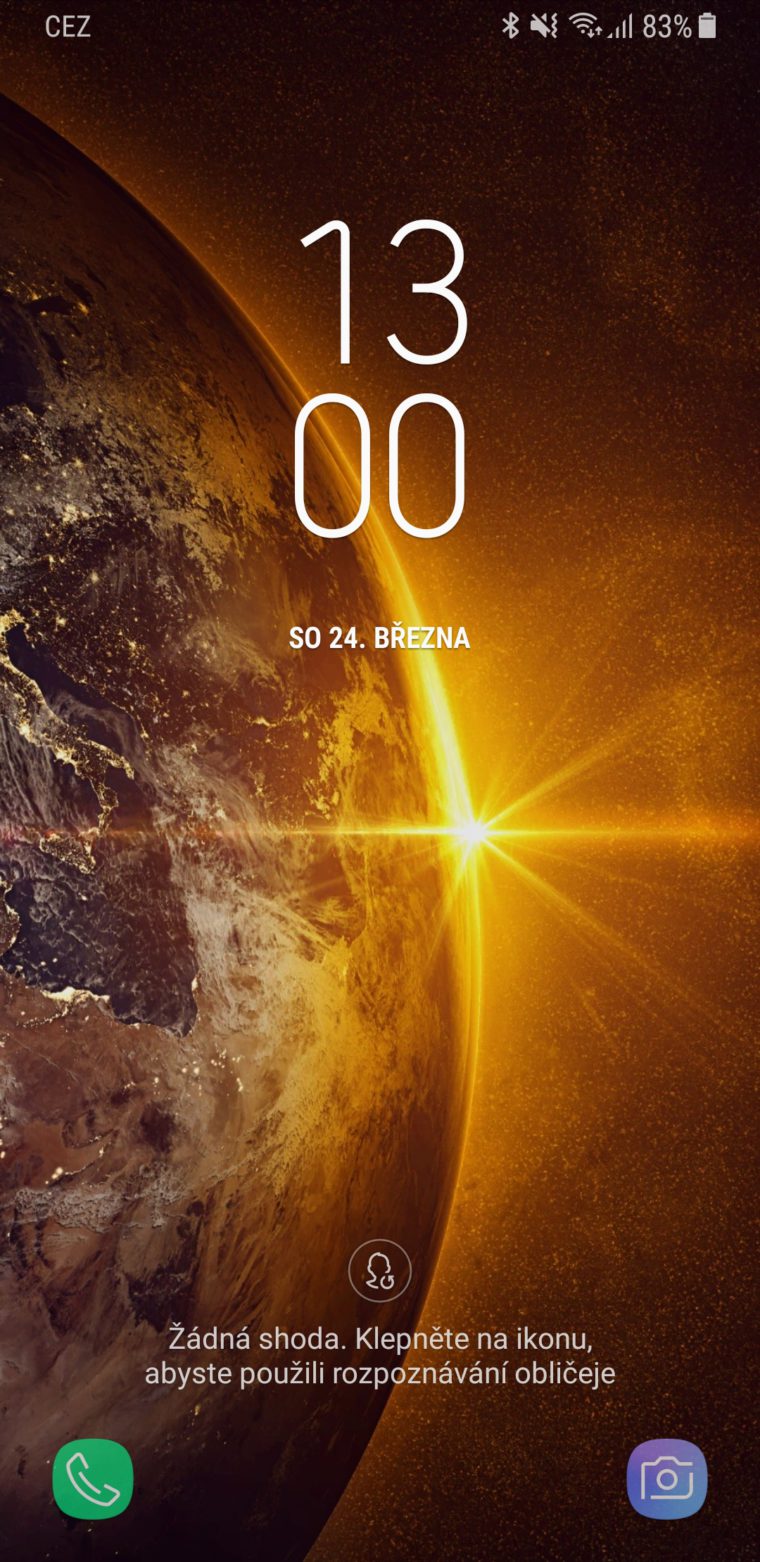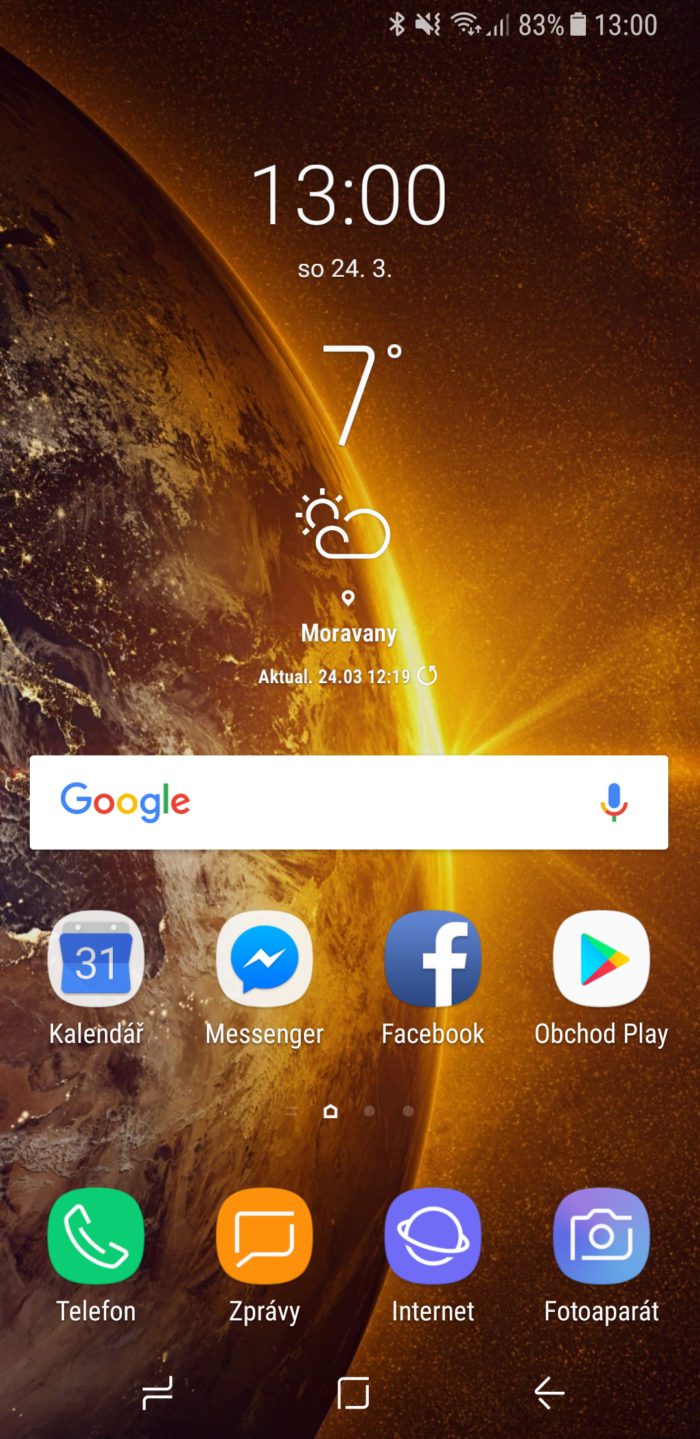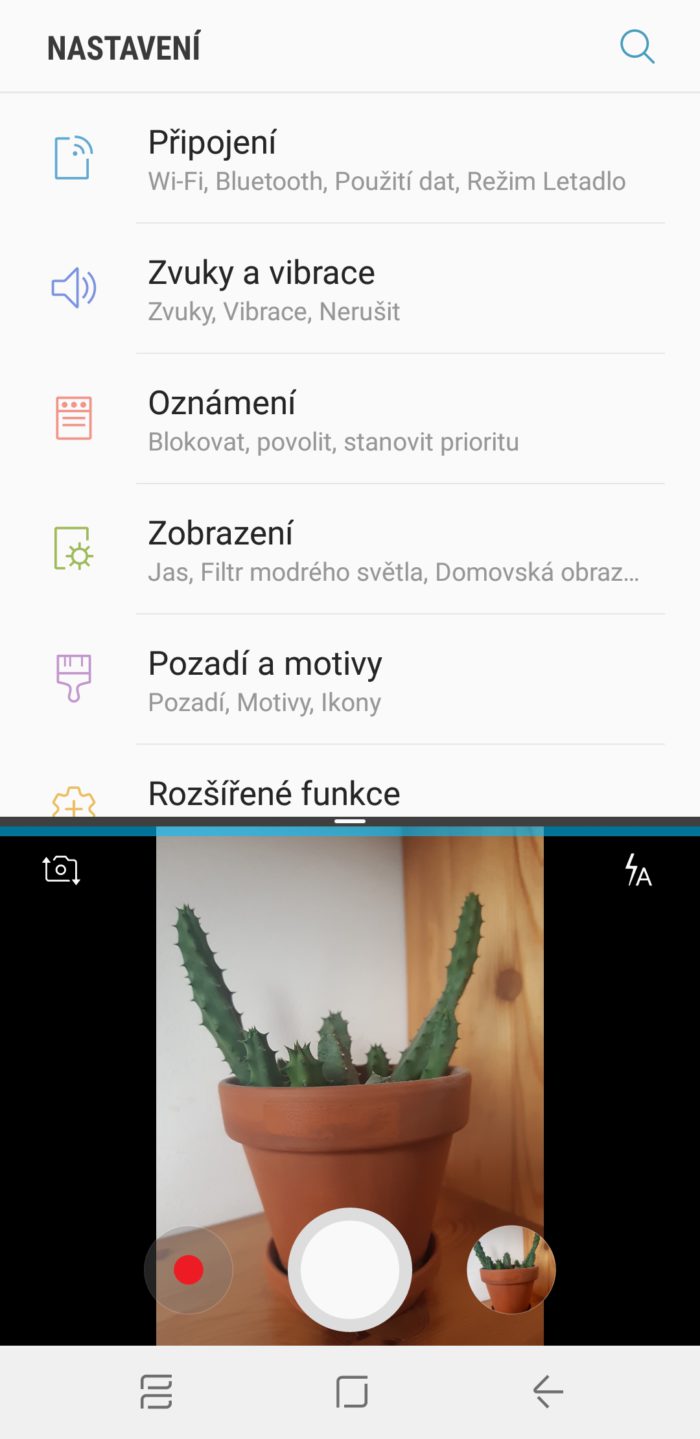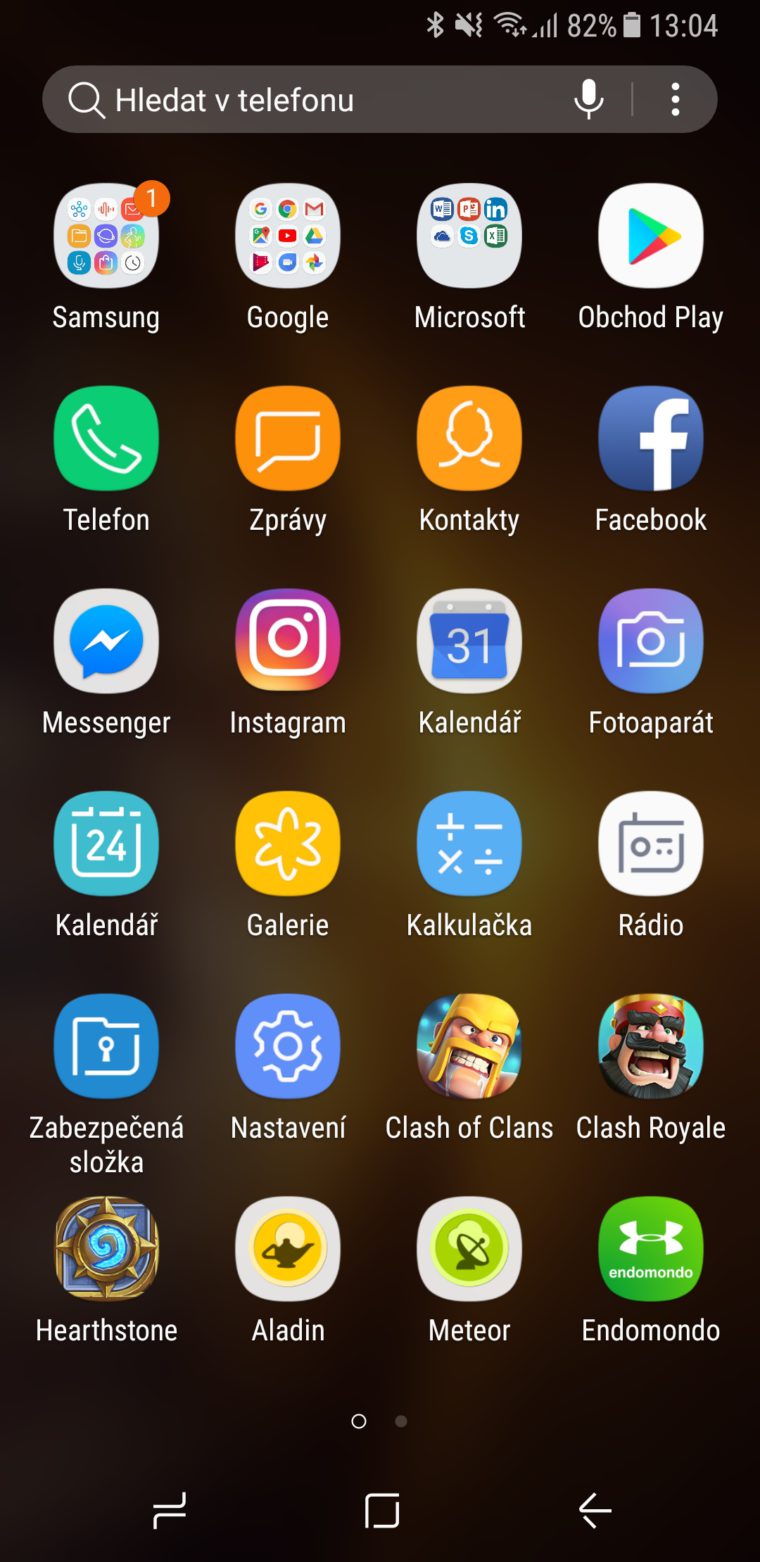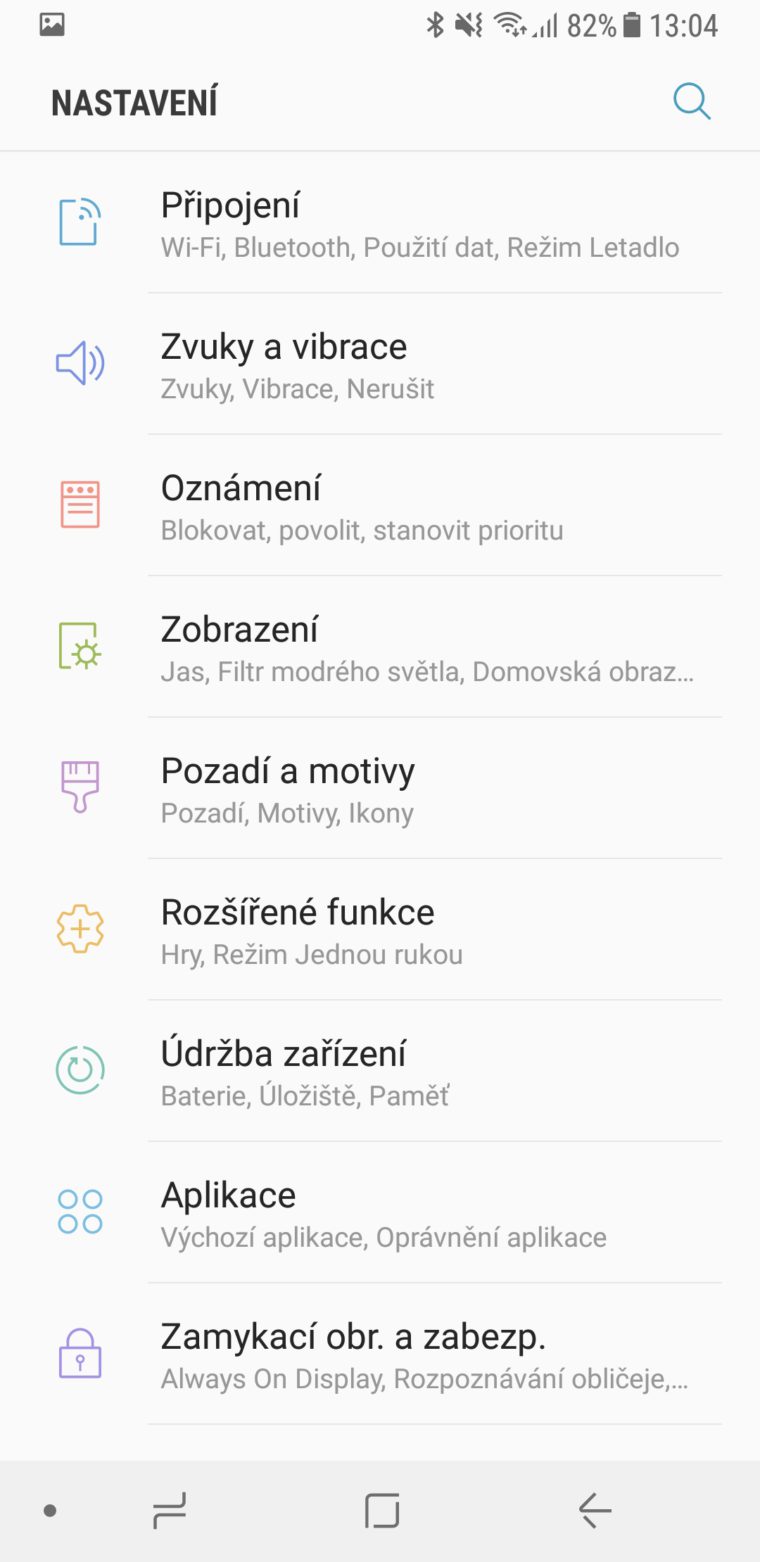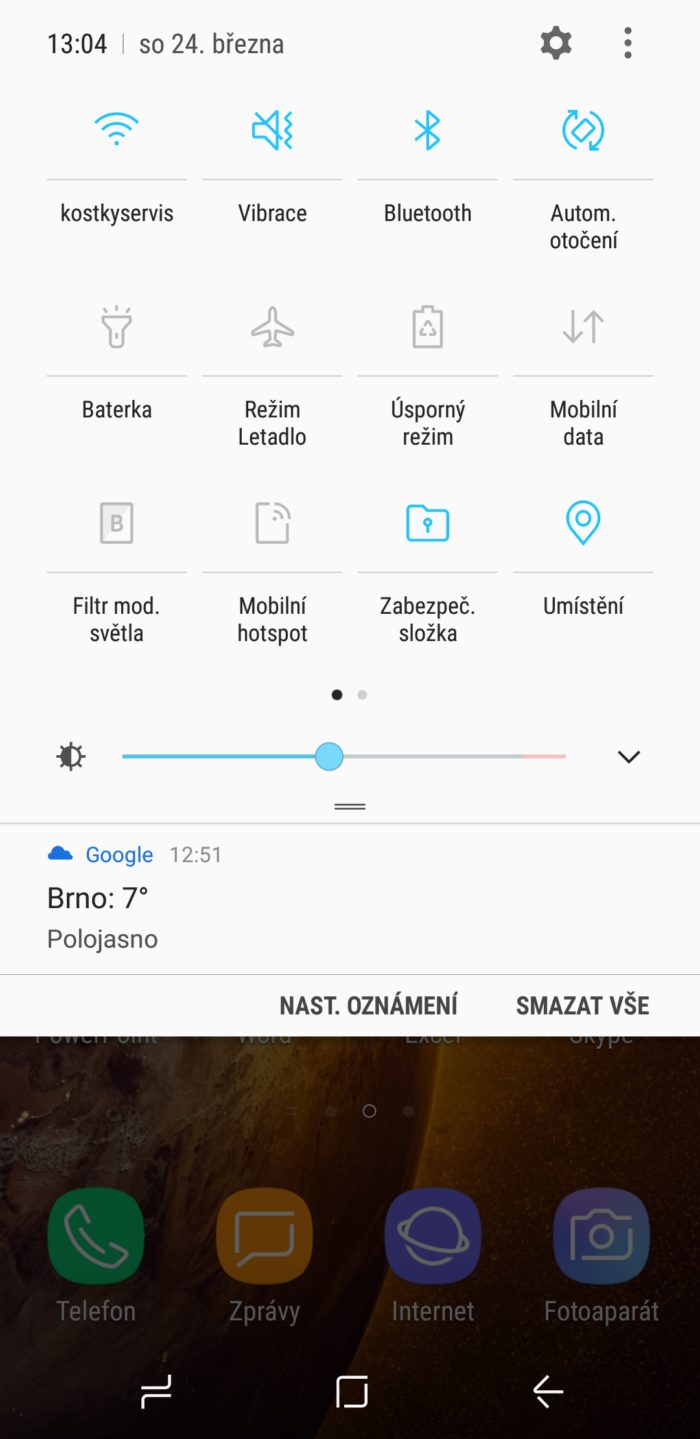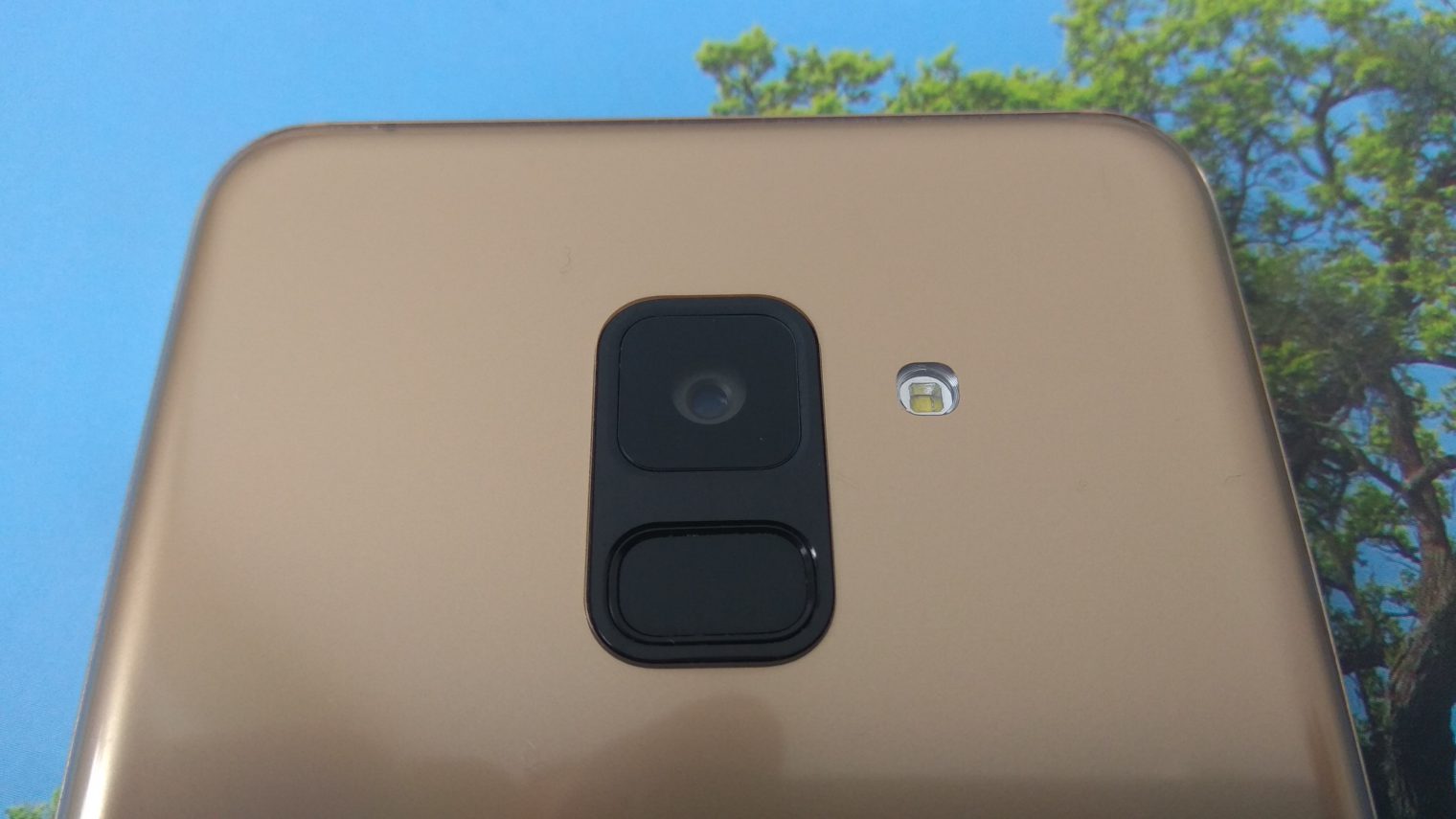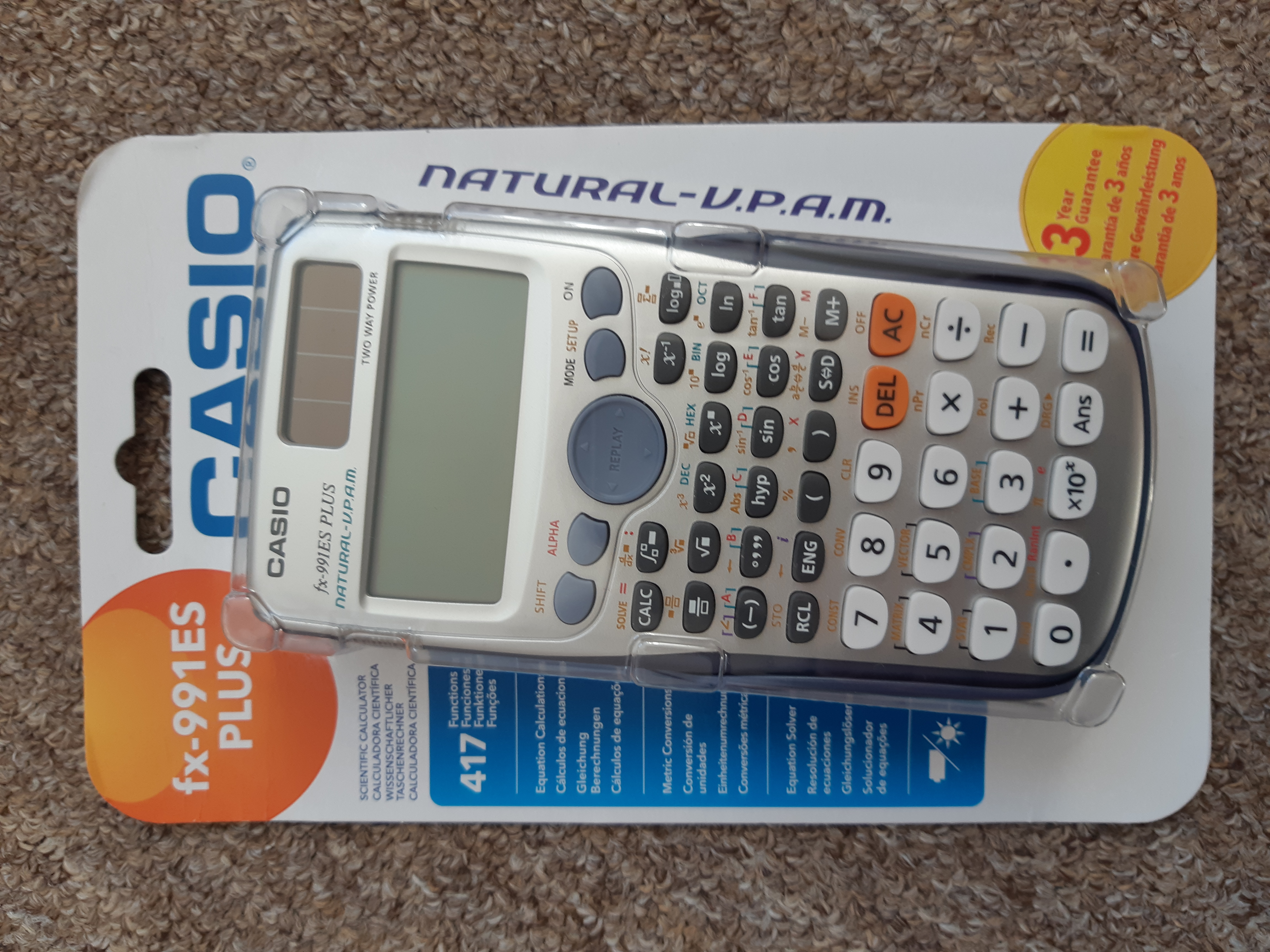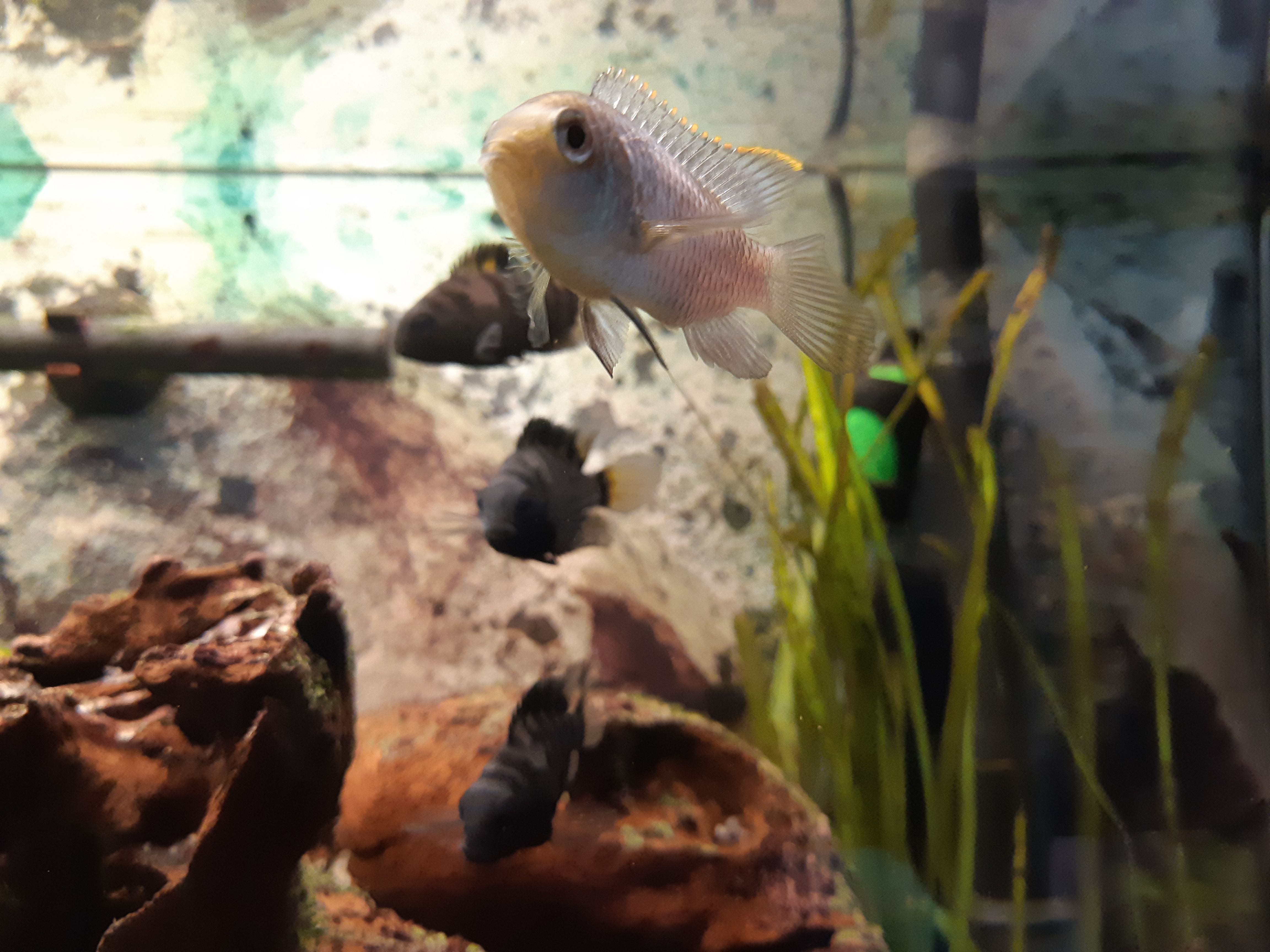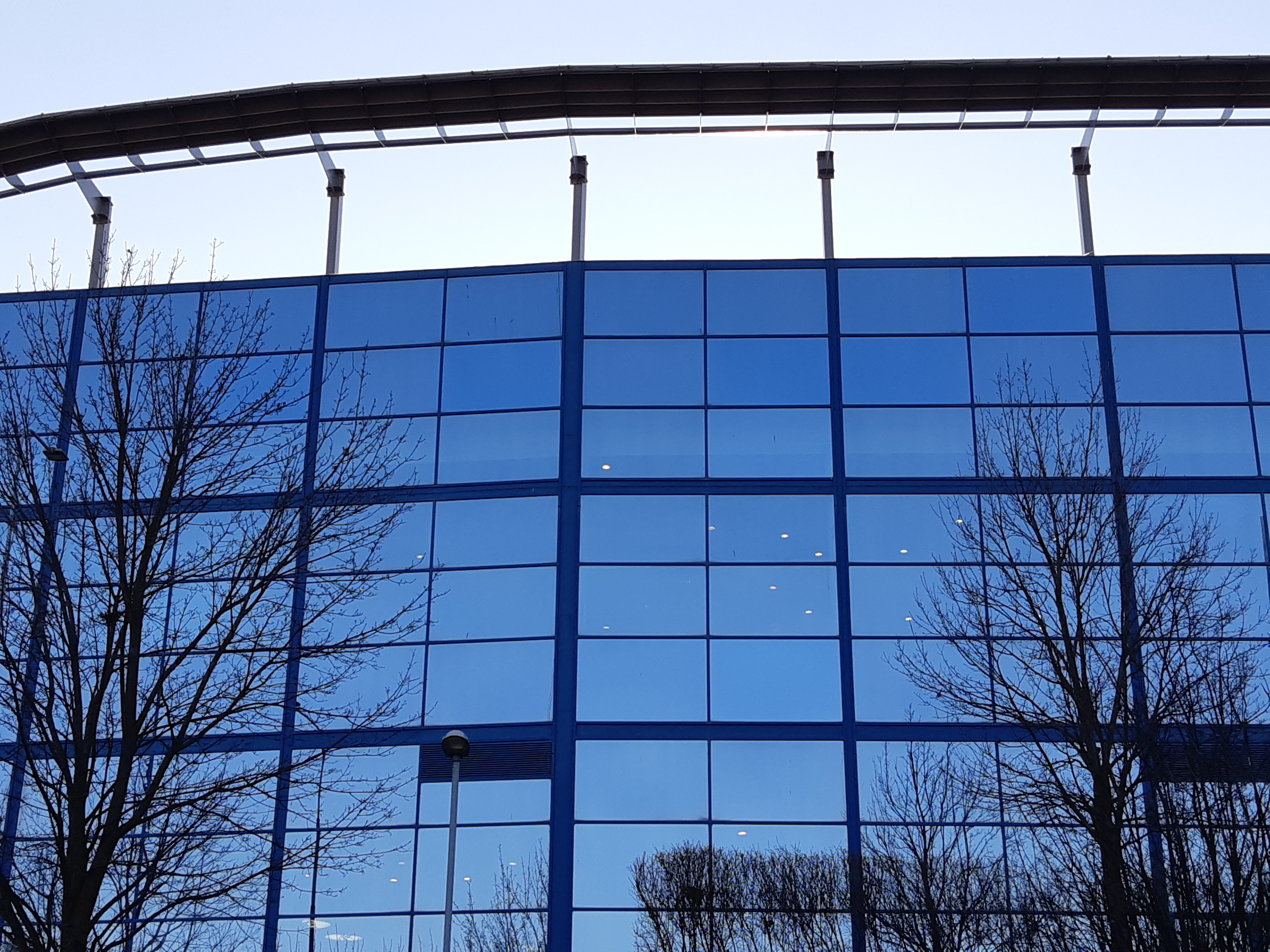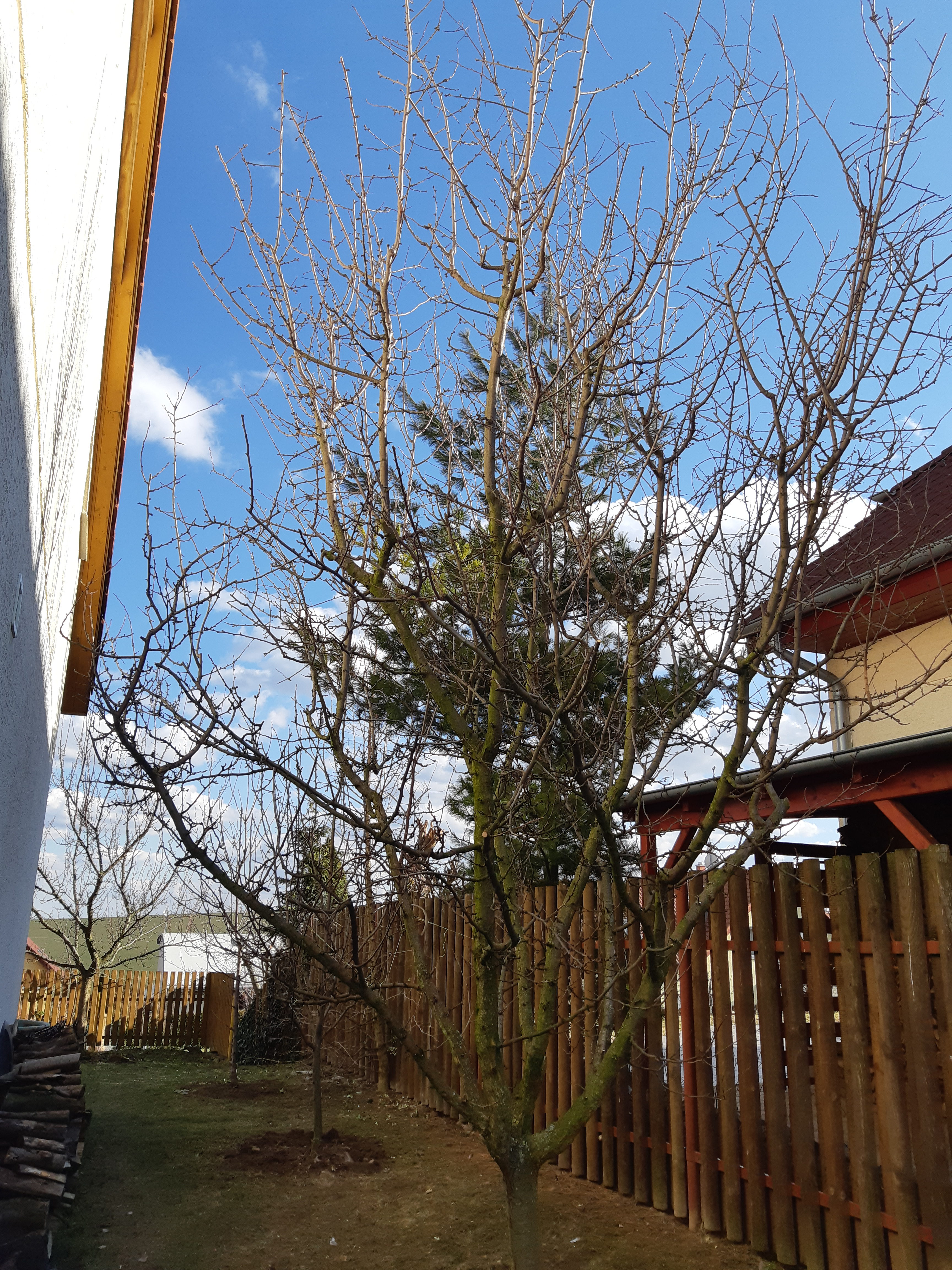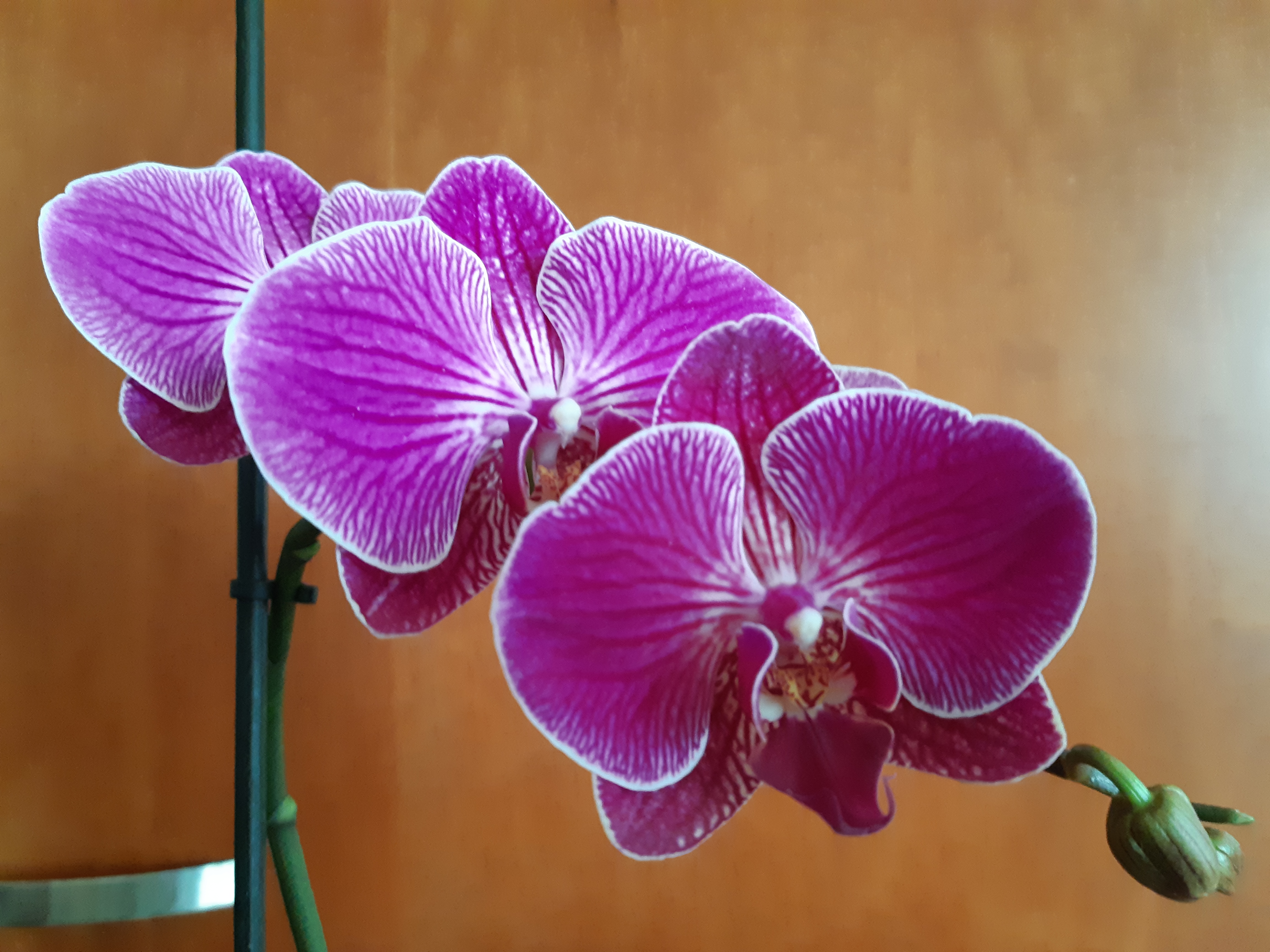Just like last year, this year Samsung showed off a new A series phone right from the end of the year Galaxy The A8 is a device that looks a lot like the latest 'S' flagship phones. The phone impresses above all with its beautiful design. Glass covers the front and back. The 5,6-inch Infinity display reigns supreme. The attraction is clearly the dual selfie camera, which even the current best flagship does not offer Galaxy S9. While the front side is visually quite different from the mentioned top model with wider frames, the striking similarity of the back side with vertically arranged elements cannot be overlooked.
Galaxy A8, a premium phone of the upper middle class, does not deviate from the A series only elements that we already had the opportunity to get acquainted with last year's top model. The price tag is also ambitious, which is again slightly higher than the best A-series sold in 2017. Is it worth buying a phone to which there are countless alternatives, even within the current range of Samsung itself? I tried to find an answer to this question in this detailed review based on daily long-term use of the phone.
Package contents and first impressions: the phone confirmed expectations
In the Czech Republic, the phone is available in three colors: black, gray and gold. I reviewed the latter. Galaxy The A8 arrived packed in a compact white square box. It was already clear from this that there is nothing inside that we could miss during normal use of the device. In addition to the phone itself, the box contains classic Samsung headphones, a charging cable with an adapter, a quick start guide and a needle for operating the NanoSIM/MicroSD trays. Looks like accessories aren't what Samsung wants to entice customers with.
The first thing that caught my eye on the phone was the excellent display with thin bezels that constantly remind me of the phone's philosophy: to get as close as possible to flagships at an even more reasonable price. The whole device is actually the result of compromises between user experience and price. Starting the phone and importing data from another Samsung device is very intuitive. Rather than the user's abilities, the time during which he will be able to use the phone depends on the speed of his Internet connection. The only problem that the user may notice is the MicroSIM, more precisely its incompatibility with the phone. It only supports NanoSIM. Fortunately, it is possible to get rid of the excess plastic with the help of sharp scissors in a few minutes. The phone gave me a luxurious impression. And although the differences are of course significant, I couldn't help but constantly compare him with Galaxy S9, which it strongly resembles in some design elements.
Design and construction: the look we want
Samsung did not surprise and confirmed that design is, was and will be what it tries to appeal to its potential customers. Glass was used mainly because it just looks good. You would look in vain for wireless charging, which is perhaps a shame. We will have to wait for him in the upper middle class. The ergonomics are simply great, the two buttons on the sides are exactly where you would expect them, and you won't find many phones on the market that fit better in your hand.
The infinity display has spread in all directions. It was so specific that I decided to include it in a separate paragraph. There is no room left for a hardware button with an integrated fingerprint reader. So she had to move to the back, where she occupies a reasonable place under the camera. The lack of hardware buttons is something that takes a while to learn to live with. Waking up the phone by double-tapping a certain part of the display is one of its least pleasant consequences. We have to forget about the pressure sensitive area in the A series for now. When inserting NanoSIM and MicroSD cards, the phone did not forget to remind us of its great advantage, resistance to water and dust certified IP68.
Display: great, but 18,5:9 is not suitable for landscape viewing
Although FHD+ Super AMOLED is proud of the infinity designation, fans of the trend of the thinnest possible frames will probably be a little disappointed. Compared to the flagships, the bezels are still quite prominent after all. The Czech customer has to settle for the 5,6-inch version with an impressive fineness of 440 ppi, the larger A8+ version is not sold in our country. I appreciated the practical Always on function, which allows important information to be displayed on an inactive display. The viewing angles are perfect and I didn't have the slightest problem with readability even in direct sunlight. But the automatic brightness increase to the maximum in direct sunlight turns on too often. This can reduce battery life by tens of percent under certain conditions. If necessary, to extend the battery life as much as possible, I recommend temporarily deactivating the automatic brightness control.
Galaxy The A8 is another phone following the trend of displays with an aspect ratio of 18:9 and higher. This significantly improves its ergonomics. The phone fits perfectly in the hand and the risk of accidental slipping is reduced to a minimum. The inaccessibility of the peripheral parts of the display is solved by the one-handed use mode. Applications that are not yet optimized do not cause many problems, the part of the display that is useless at the moment simply does not light up. It doesn't look good, but it's not the worst. It is really inconvenient to use the phone in landscape mode. A user accustomed to writing in this mode and watching what he is writing at the same time is often unlucky, the keyboard takes up more than half of the display and everything but the currently written text is displayed in a narrow strip. On the contrary, in the widely used Messenger application, the bar with the text just written is the only thing that the user sees after turning on the keyboard in landscape mode. Already sent messages cannot be seen, you need to stop typing to view them. Because of these complications, I've been forced to use the phone in landscape mode much less often than I'm used to.
Hardware, performance and security: not everything is where it should be and not everything works as well as we would like
Only longer-term use of the phone confirmed what I indicated at the beginning. For half the price of the S9, we simply cannot get something comparable that differs only in details. There is still room for improvement while maintaining the price, so there is no danger that the middle class will face a complete lack of radical innovations in the coming months, similar to the flagships.
The 4 GB RAM and the eight-core Samsung Exynos 7885 Octa-Core processor are rather average. Still, in three weeks of testing the phone, I didn't experience a single situation where the unconvincing performance significantly limited my use of the phone. It should be added that switching between applications could sometimes be faster. The phone has 32 GB of internal memory, but due to the operating system and pre-installed applications, you need to count on the resulting free space being several GB smaller. The internal memory can be additionally expanded with a MicroSD memory card up to 400 GB in size. If you are one of the more demanding users, I recommend purchasing it at the same time as the phone. This way you avoid annoying data transfers. After installing the applications, I was left with less than 12 GB of free space, which filled up with multimedia content frighteningly quickly.
The possibility to use a phone with two active NanoSIMs at the same time is practical. Separating work and personal space has never been easier in the upper middle class within one device. On the bottom of the phone, in addition to the popular JACK connector, there is also a USB-C that is gaining ground. Unfortunately, this often makes it impossible to directly connect older accessories without reductions. The sound of the speaker was perfect, not only in terms of its quality, but above all in terms of volume. But the placement of the loud speaker at the top of the right bezel is not happy. It often happened that I put my finger on the speaker. And then, especially at lower volumes, at first I didn't know why I couldn't hear anything. Adding a second speaker or moving it to the bottom side to the connectors could solve the problem.
In addition to the classic trio of pin, password and character, the phone can also be secured with biometric data, which can also be used, for example, within the Samsung Pass service. The fingerprint reader works flawlessly and very quickly. The condition is to hit it with your finger if possible on the first try. Otherwise, there is a risk of leaving fingerprints on the camera lens. I was very disappointed with the facial recognition. The phone occasionally recognized me, but sometimes I had to repeat the process so many times that after a few tens of seconds I ran out of patience and took off my gloves and used a fingerprint. The success rate of this technology plummeted towards zero the moment I put on my prescription glasses.
Operating system and connectivity: There is nothing to complain about Nougat, except that it is not Oreo
It hides under the Samsung Experience superstructure Android 7.1 Nougat. The fact that it is not the latest operating system Oreo is certainly not pleasing. But the build blurs the differences and the overall impression is almost comparable to the recently released phone Galaxy S9. The system is intuitive and clear, and in three weeks of using the phone, I only experienced two application crashes. The Bixby assistant is not launched with a special button, its screen is located to the left of the home screen. I especially found Bixby Vision, a part of the camera that identifies and analyzes the objects the camera is pointed at, to be practical.
The display with an aspect ratio of 18,5:9 has one more advantage. It is directly destined for multitasking. It is thus possible to divide the screen into two parts and subsequently adjust their proportions. The content of separate windows is clearer and easier to navigate in comparison to less elongated displays.
Cameras: 3, but you'll only find 1 on the back
Cameras are what the phone is trying to win over, especially the younger generation obsessed with taking selfies. There are two above the display to the right of the speaker. The dual selfie camera consists of two separate sensors with a resolution of 8 and 16 Mpx. The selfies taken by him are of really high quality. The phone offers the ability to blur the background. And thanks to the dual camera, it does surprisingly well. A wide range of different filters and effects is a matter of course, and the food photography mode is more curious than useful.
Above the fingerprint reader is the main 16 Mpx camera. Lightning is to his right. The photos taken by him are of average quality, excellent especially in good lighting conditions. As the light fades, the quality drops, as with any phone, but it's not as dramatic as the cheaper models, which are practically unusable in these conditions.
Daily use and battery
I tested the phone for three weeks. As the number indicating the order of the day of the month increased, so did the scratches on both sides of the device. On the more durable display, there were a number of almost invisible longer lines, on the other hand, there were a few scratches on the back, but deeper and shorter. Therefore, I strongly recommend considering the purchase of protective packaging or tempered glass. Of course, it will not add to the beauty of the phone, but in my opinion it is a more acceptable solution than watching the scratches gradually increase on the body of the phone.
I already mentioned the problems with the 18,5:9 display aspect ratio. On the contrary, I have to highly praise the dual selfie camera, whose live focus mode is unbeatable. I have used it many times, and of course not only when taking the occasional selfie, but especially during video calls. Connectivity is almost flawless, all important LTE and Wi-Fi frequencies, NFC, Bluetooth 5.0 and location services are not missing.
The 3 mAh battery can keep the device alive for the whole day even with intensive use. But we have to forget about multi-day endurance and a revolution in battery capacity is still in sight. A proper power bank is a must in the case of several days of separation from the outlet. That is, unless you decide to limit most of the most energy-consuming functions. With the stamina, you can easily get by for three days. The phone charges from 000 to 0% in approximately 100 minutes. However, fast charging is already standard in this price category, and I would be much more pleased with wireless charging.
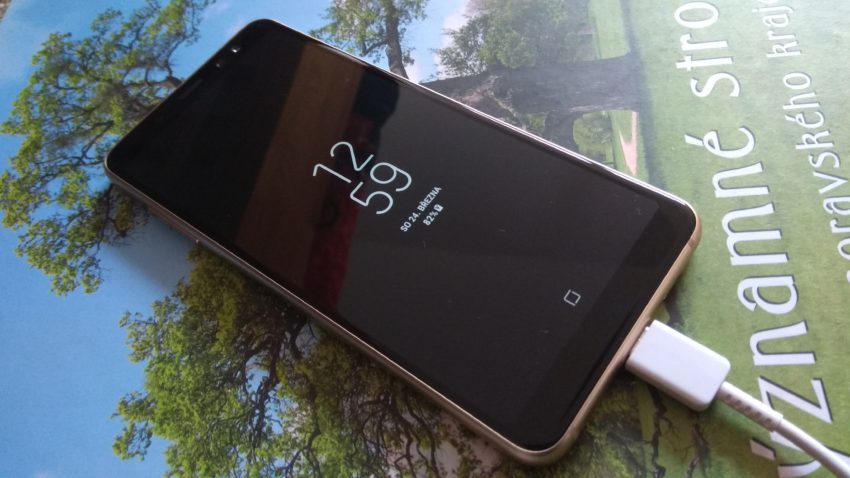
Summary: The A8, S8 and S9 are robbing each other of customers
I have criticized the phone so much that it might seem that I would rather not recommend it in the end. It is not so. It is an excellent device paying off above all in its ambitious mission to bring to the upper middle class what we like most about flagships. I was very happy with the cameras and the design. And overall, with the fact that I was able to try a lightweight version of the flagships, not lacking their most interesting elements for users. On the contrary, I was a little disappointed by the average performance, the unfortunately placed speaker and the unreliable face recognition.
At Samsung, we are used to paying extra for the brand. This statement is doubly true for the A8. After all, this is easy to prove on a fairly rapidly falling price. The device can be found for under 10 CZK, which is more than 000 less than in January. The phone doesn't have it easy. Its competition is also the aging flagship model S8, whose price is often only slightly higher on various occasions. Its quality is emphasized even more by its very high level of popularity and sales. Personally, I would prefer more Galaxy S8. But an unequivocal answer to the question of whether to buy more Galaxy I can't give A8 or S8.
